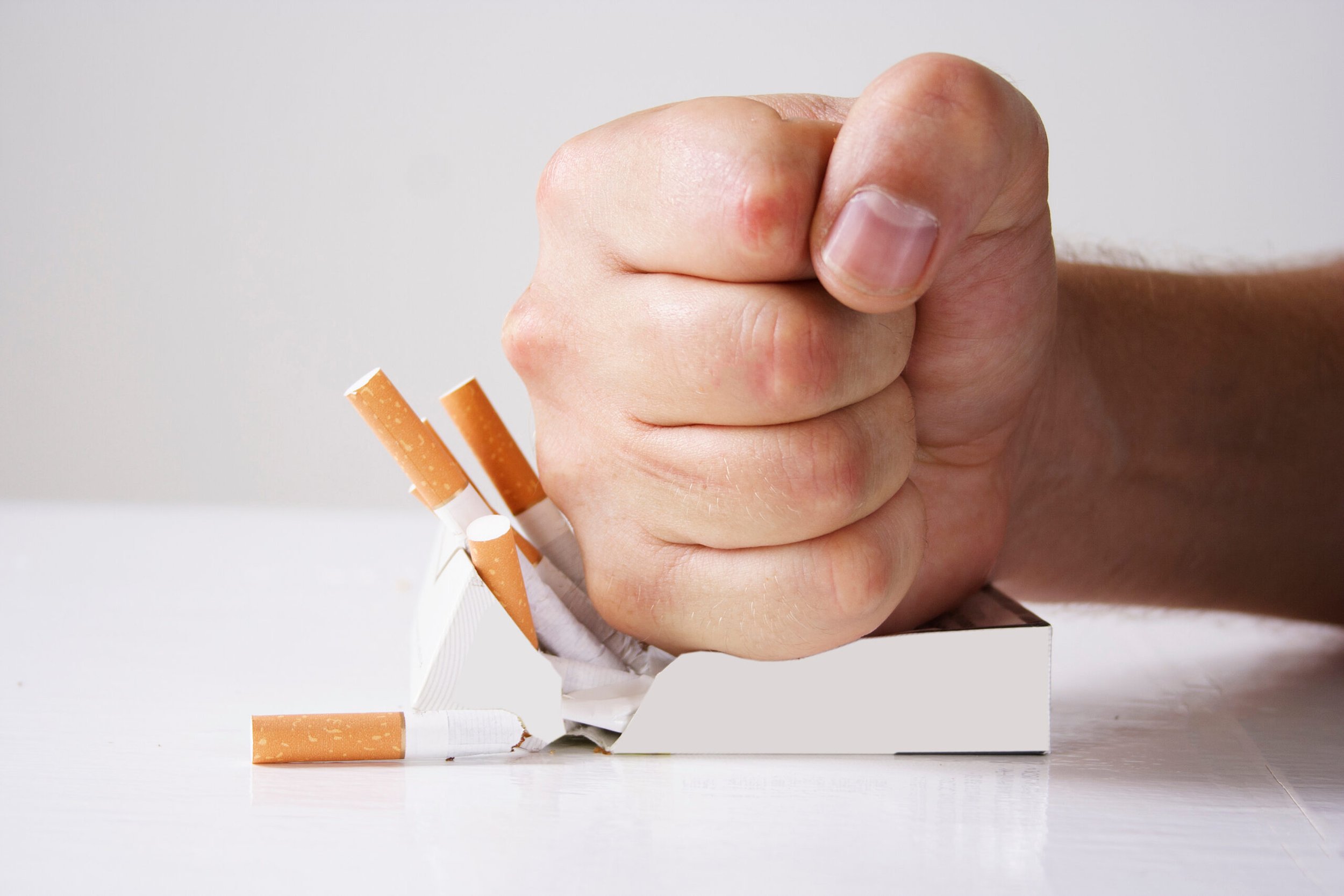Smoke Signals: Decoding the Signs of Nicotine Dependence

Introduction: The Invisible Chains of Nicotine
Nicotine dependence impacts 1.3 billion people globally , with smoking contributing to 8 million deaths annually . Despite its prevalence, the signs of addiction often go unrecognized until they escalate. Nicotine hijacks the brain’s reward system, creating a cycle of cravings and withdrawal that transcends physical habit. This article decodes the physiological, psychological, and social markers of dependence, supported by cutting-edge research and actionable solutions.
The Science of Nicotine Addiction
How Nicotine Rewires the Brain
Nicotine mimics acetylcholine, binding to receptors in the ventral tegmental area (VTA) to flood the brain with dopamine. Over time, the brain adapts by increasing receptor density, demanding more nicotine to achieve the same effect.
The Dopamine Deception
Each cigarette triggers a dopamine surge, reinforcing dependency. As tolerance builds, smokers require 20–30% more nicotine to stave off withdrawal. Chronic use blunts natural dopamine production, leaving users reliant on nicotine for baseline mood stability .
Adolescent Vulnerability
Teen brains, still developing until age 25, are especially susceptible. Nicotine exposure during adolescence alters prefrontal cortex connectivity , impairing decision-making and increasing addiction risk.
7 Red Flags of Nicotine Dependence
1. Cravings Override Rational Thought
Intense urges to smoke even in forbidden areas like airplanes or hospitals signal loss of control. These cravings activate the insula , a brain region linking nicotine to survival instincts.
Context-Driven Cravings
Environmental cues (e.g., coffee, stress) become neurologically tied to smoking. A 2023 study found 70% of cravings are triggered by situational habits.
2. Tolerance Escalates
Needing more cigarettes or vaping sessions to feel “satisfied” reflects receptor desensitization. Heavy users may smoke 20–30 cigarettes daily , up from 5–10 when they started.
Physical Manifestations
Tolerance correlates with increased heart rate and blood pressure , as nicotine stimulates adrenaline release.
3. Withdrawal Symptoms Dominate
Irritability, anxiety, and headaches emerge within 2–4 hours of the last cigarette. These symptoms peak at 24–72 hours and can last weeks.
The Role of Glutamate
Nicotine withdrawal disrupts glutamate signaling, impairing cognitive function and emotional regulation.
4. Prioritizing Smoking Over Health
Ignoring risks like lung disease or financial strain to continue smoking signals addiction. Smokers spend $1,500–$3,000 annually on cigarettes, often prioritizing nicotine over essentials.
Rationalization Patterns
Phrases like “I can quit anytime” or “Smoking relieves my stress” mask denial. These justifications align with cognitive dissonance seen in substance use disorders.
5. Social and Emotional Reliance
Using smoking to cope with stress, loneliness, or social anxiety reflects emotional dependency. A 2024 study linked 40% of smoking relapses to emotional triggers.
Psychiatric Comorbidity
Individuals with depression or anxiety are 2x more likely to smoke , as nicotine temporarily alleviates symptoms.
6. Ritualistic Behavior
Smoking becomes intertwined with daily routines (e.g., morning coffee, post-meal cigarettes). Breaking these rituals triggers unease, highlighting their role in maintaining addiction.
Cultural Reinforcement
Media and peer groups often romanticize smoking. A Norwegian study found teens view smoking as “cool” when linked to rebellious characters.
7. Failed Quit Attempts
Repeatedly trying and failing to quit underscores dependency. 85% of unaided quit attempts fail within a week due to withdrawal and cravings.
The Role of Support
Combining nicotine replacement therapy (NRT) with counseling increases success rates by 50–70%.
Breaking the Cycle: Strategies for Recovery
Medical Interventions
Nicotine Replacement Therapy (NRT)
Patches, gums, or lozenges reduce withdrawal severity. A 2023 meta-analysis found NRT boosts quit rates by 50–60%.
Prescription Medications
Drugs like varenicline block nicotine receptors, reducing cravings. Studies show 30–40% quit rates with varenicline vs. 15% with placebo.
Behavioral Therapies
Cognitive Behavioral Therapy (CBT)
CBT addresses triggers and distorted thinking. Smokers using CBT achieve 2x higher quit rates than those who quit cold turkey.
Mindfulness and Stress Management
Techniques like meditation lower stress-induced cravings, a key relapse trigger.
Societal and Cultural Influences
Normalization and Marketing
Tobacco companies target vulnerable groups, including teens and those with mental illness. Ads often link smoking to freedom or sophistication , masking health risks.
Policy Solutions
Graphic warning labels and smoke-free laws reduce smoking rates. Countries with plain packaging laws saw 15% declines in youth smoking.
When to Seek Help
If three or more red flags resonate, consult a healthcare provider. Early intervention with combination therapy (NRT + counseling) offers the best outcomes.
Conclusion: Reclaiming Control
Nicotine dependence is a complex interplay of biology, behavior, and environment. By recognizing the signs and leveraging evidence-based tools, individuals can break free from its grip.

